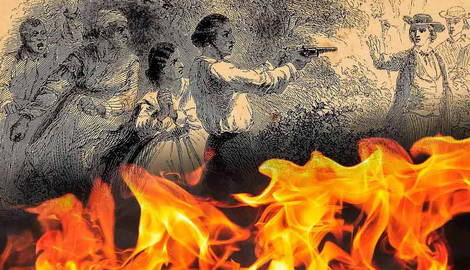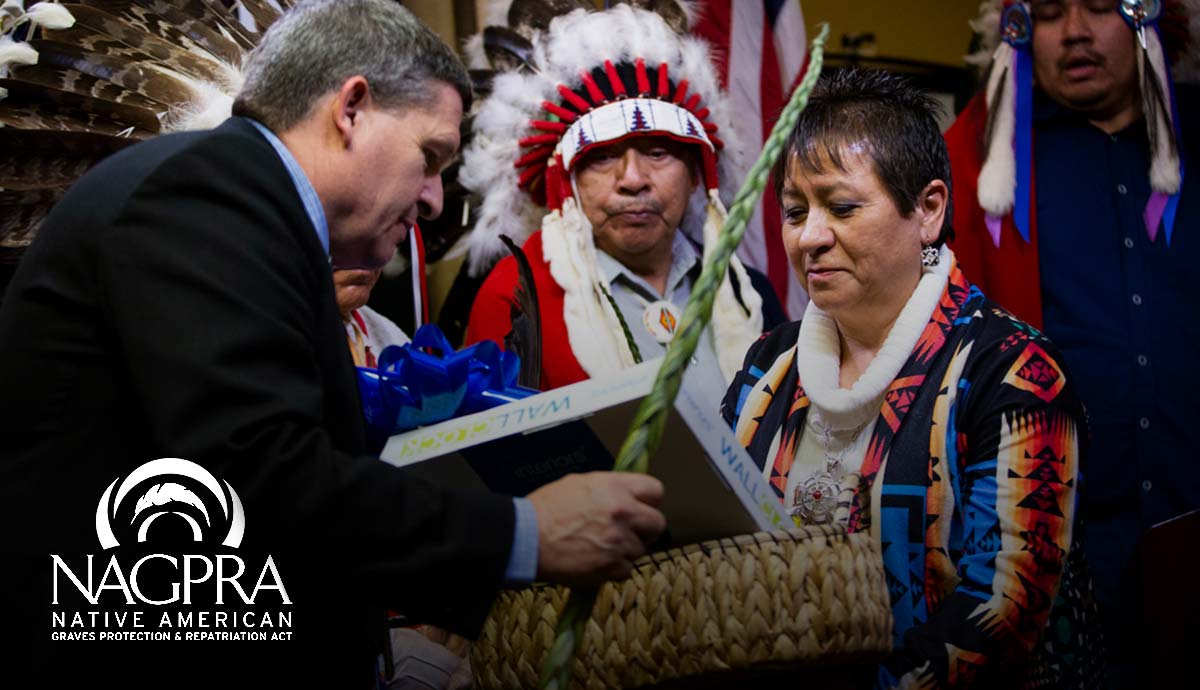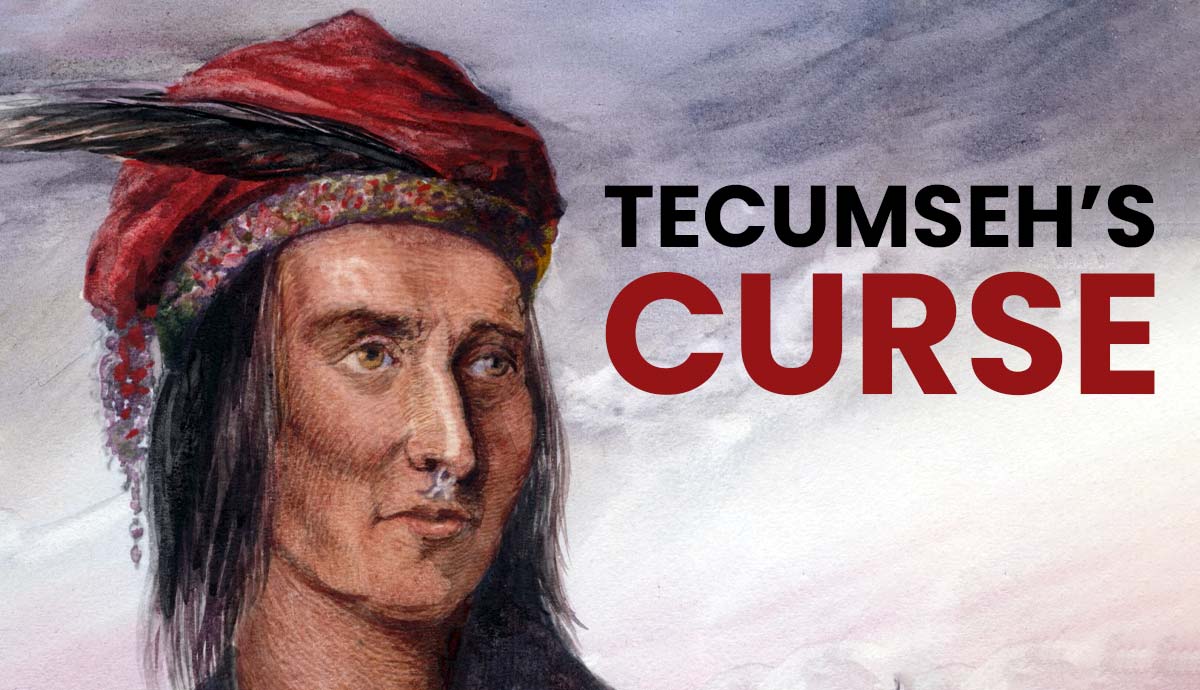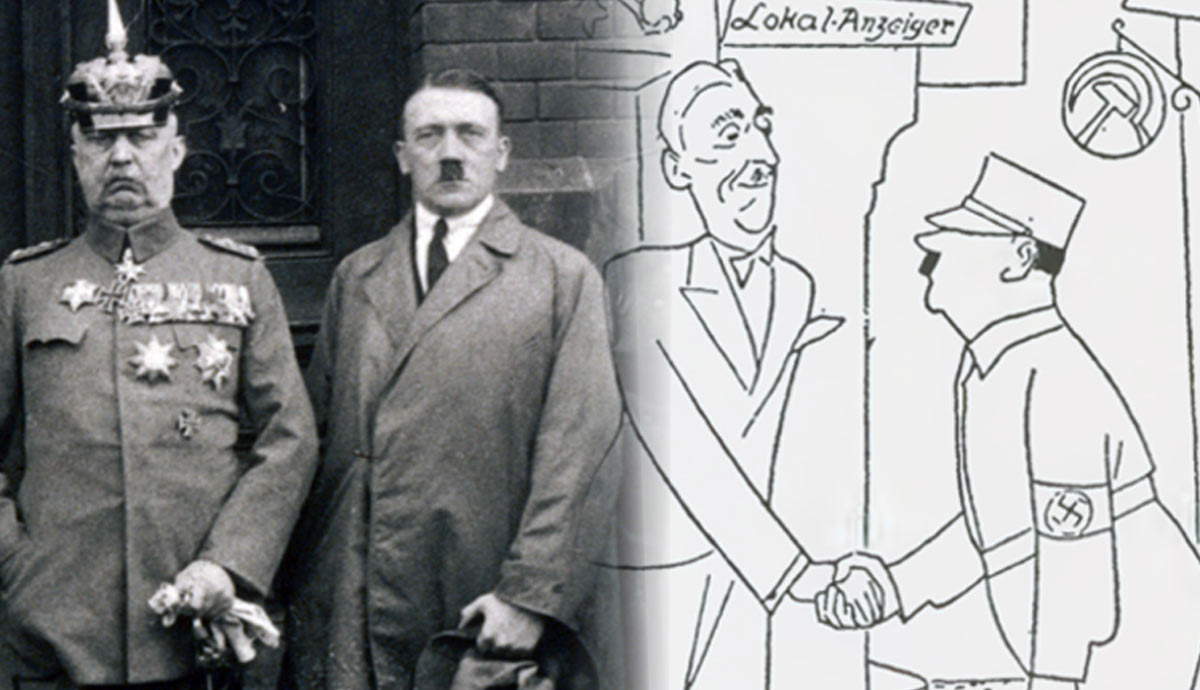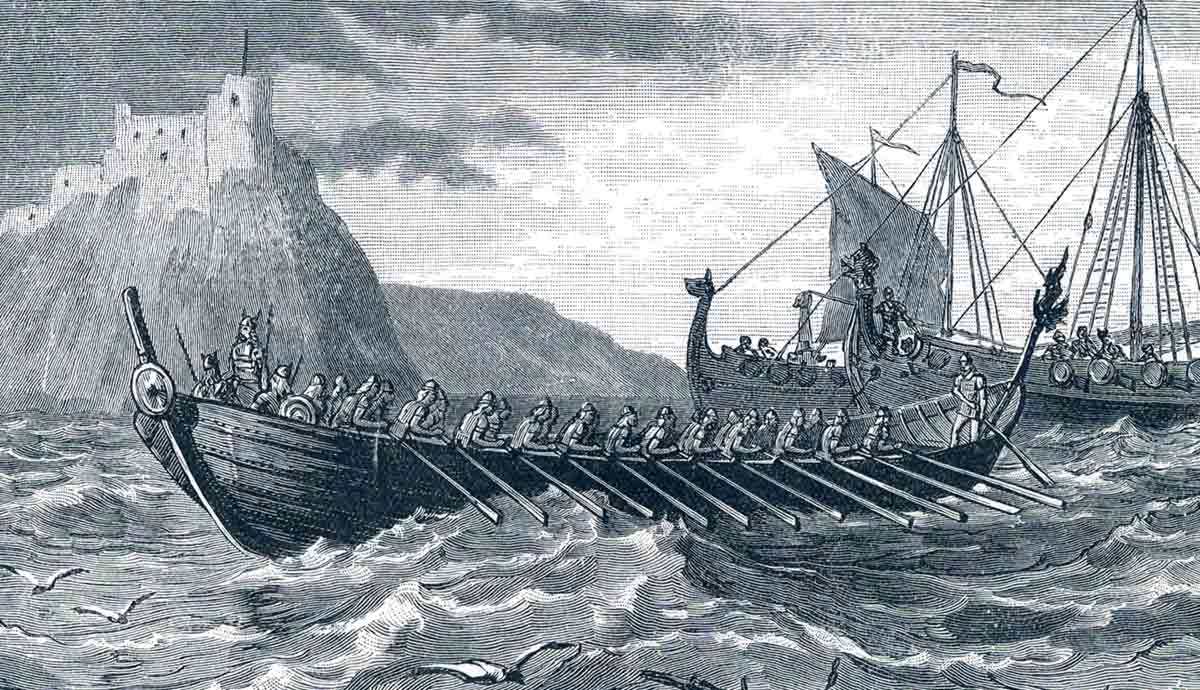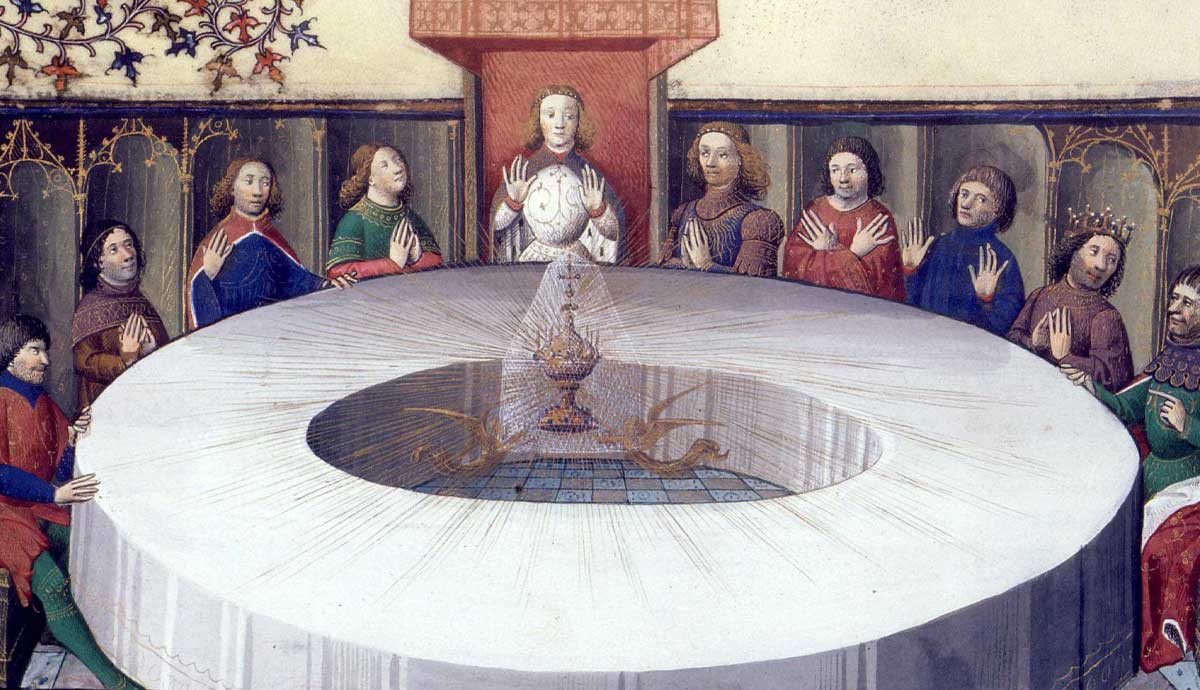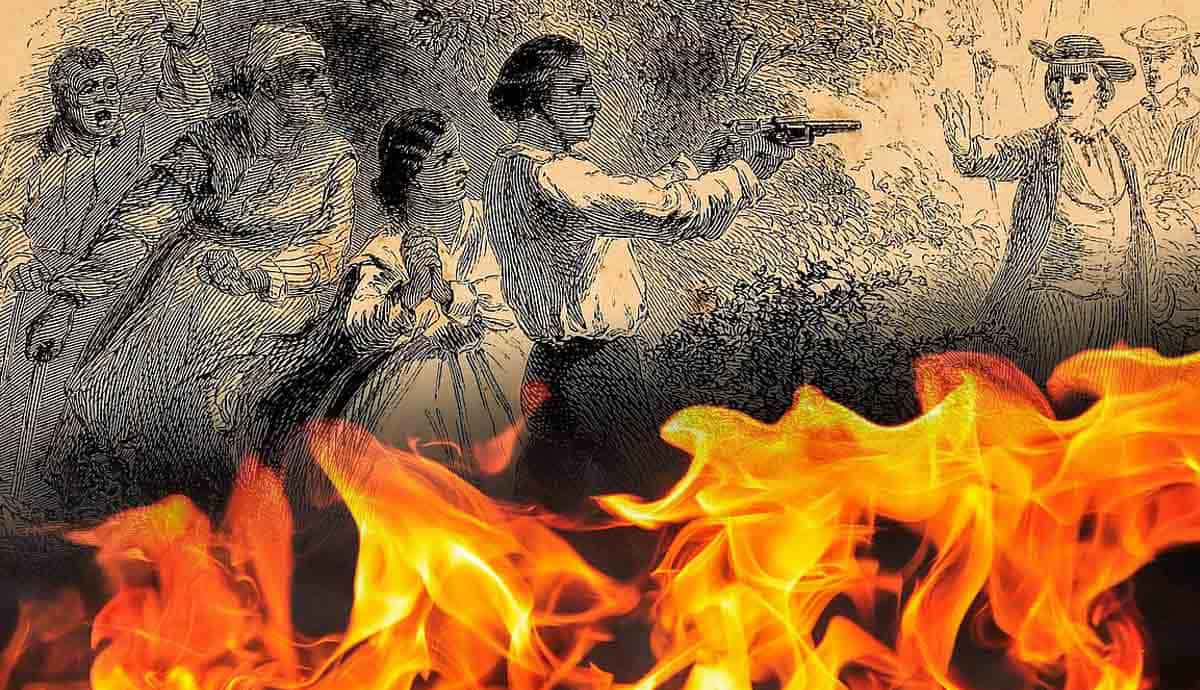
By 1739, slavery in colonial America had been entrenched for over 100 years. The dependence on enslaved people to grow American crops was only increasing, but freedom was in the air. One September night, South Carolina slaves rose up to fight for their liberty. Though the exact trigger for the uprising is unknown, contributions included new, restrictive local laws and perceived interference from neighboring Spanish Florida toward the status quo of American slavery. What later became known as the Stono Rebellion resulted in many deaths and fugitives being hunted. It impacted colonial slave laws well into the next century.
Slavery as a Status Quo

British colonization of what would eventually become the United States began in 1607 when Jamestown became the first permanent English settlement. The British settlers were flanked by the Spanish to the south, in what is now Florida, and the French to the North. As 1739 dawned, the New World British government consisted of 12 colonies, soon to be joined by the 13th, Georgia, in June.
Georgia was unique in that it was the first colony to prohibit slavery. By this time, slavery was an essential part of the colonial economy, more than a century after the first African slaves arrived on the shores. As time progressed, slavery became a legal norm, and new laws were added to the books that further restricted the rights of slaves and indentured servants. For example, non-whites were prohibited from owning firearms. Enslaved persons were regarded as property, and though some groups, such as the Quakers, spoke out against slavery, emancipation wouldn’t come until the Civil War many years later.

Slaves in America usually found themselves assigned to field work, growing cash crops like tobacco in the colonies. Slaves also worked as domestic servants, cared for livestock and children, and worked in trades to make a profit for their masters. While the numbers of slaves varied widely between different colonies, by the mid-18th century, the enslaved made up 60% of South Carolina’s total population. Despite the addition of slavery-free Georgia as its neighbor, the South Carolina colony remained ingrained in the slave economy.
Though industries supported by slavery were only growing, wealthy plantation owners had concerns. There were anxieties about the potential for slave insurrections, especially as the population of subjugated people increased. These fears would prove to be valid concerns in September 1739.
A Fuse is Lit

Spanish Florida fueled plantation owners’ concerns. It was rumored that runaway slaves who managed to make their way to Florida were able to live as free men among the Spanish. Looking to cause problems for their long-standing enemies in Britain, the Spanish made a proclamation: Any enslaved person who deserted the English colonies and came to St. Augustine in Spanish Florida would not only be given their freedom but awarded land with which to start an independent life.
Further adding to unrest was a recent law that had been added to the books by the South Carolina Colonial Assembly in August. The Security Act required all white men to carry firearms to church on Sunday in an effort to reduce the chances of rebellion taking place by arming the masses. However, the act may have helped to incite insurgence, as everyone, including slaves, knew that armed men would be away from home on Sundays. A yellow fever epidemic in Charlestown caused general confusion and stress in the area, and the combination of these factors likely contributed to the start of what would later be known as the Stono Rebellion.
The Stono Rebellion

The Stono Rebellion began on Sunday, September 9, 1739. A group of approximately 20 slaves, led by a man named Jemmy, decided to leave for Florida and freedom. Sometime after midnight, they left their assigned work on a drainage ditch and gathered near the Stono River. They didn’t have a solid plan but had an end goal in sight: liberty.
Eager to leave their life of violent subjugation behind, the men realized their first step was to procure weapons. Once their uprising was discovered, they would likely be set upon by armed pursuers. They broke into Hutchenson’s General Store to seize weapons and ammunition. In the course of their burglary, they were discovered by two white men, a Mr Bathurst and a Mr Gibbs. In the first violent act of the rebellion, the group killed the two men, decapitating them and leaving their heads on the front steps of the general store.

Now armed, the insurgents continued down the road. Arriving at the estate of a planter named Godfrey, the group entered the home. Mr and Mrs Godfrey were killed, along with their two children, before the home was set alight and the men continued southward.
Around dawn, they arrived at Wallace’s Tavern, where they imbibed briefly before continuing. The tavern’s owner was spared as he had a reputation for treating his enslaved people with kindness. Moving along, six more houses were burned, and several white planter families were killed. The group of rebels grew in size as the original 20 were joined by others as they traveled. They began chanting “liberty!”, waving a banner that said the same, and beating drums to encourage others to join their ranks. They were spotted by Lieutenant Governor William Bull, who happened to be traveling the road by horseback. He fled, narrowly avoiding the rebels and riding away to sound an alarm.

Soon, the rebels numbered around 100. By now, they had marched several miles and elected to rest briefly to hopefully attract more insurgents. However, they were soon accosted by dozens of armed men who planned to stop them. Gunfire erupted.
When the smoke cleared, about 60 men between the two groups lay dead. About 30 rebels had escaped, and the remainder were taken into custody, questioned, and killed. The planters who had tried to accost the rebels faced no punishment and returned home. Over the next several weeks, efforts to find the escapees ramped up, and the Stono Rebellion concluded with their capture.
Stono’s Legacy

The rebellion participants were eventually caught. Though some escaped to Florida, most were captured throughout October, and the remaining few were captured by the end of the following spring. However, one unnamed participant remained a fugitive for three years.
Most of the captured were executed for their role in the events, while others were sold to slave markets in the West Indies, which was known to be harsher than the American colonial industry. While the participants may not have achieved permanent freedom, there were other important outcomes from the Stono Rebellion.
To prevent future incidents of rebellion, enslavers were prohibited from exercising brutal punishments against their slaves. Teaching Christianity to slaves was encouraged, and schools to do so were created. Importation of new slaves was halted for a time so that the population would not be swelled any further.
News of the rebellion contributed to anti-slavery sentiment throughout the colonies, especially in the north. However, the negative fallout from the insurrection was widespread in South Carolina. Control over slaves was tightened, and ratios of one white person for every 10 Black people on a plantation were required. The Negro Act of 1740 prohibited slaves from rights such as growing their own food, assembling in groups, earning independent money, and learning to read. This would serve as a model for “slave codes” throughout the other colonies, including Georgia, which would make slavery legal in 1750.

The tragic history of Slavery in colonial America that continued after the founding of the country caused irreparable damage to the country. It promoted racism and violence and led to more trauma than can be accounted for. Some enslaved Africans chose an opportunity for salvation by any means necessary, including the group that perpetrated the Stono Rebellion. While hundreds of slave revolts were documented in colonial history, the Stono Rebellion remains the largest ever staged in the 13 colonies. While the fallout of the insurrection would lead to harsher treatment of slaves and racist laws that permeated the region, it also led to a temporary decline in the slave trade and provided fuel for a growing anti-slavery movement in the future country.
